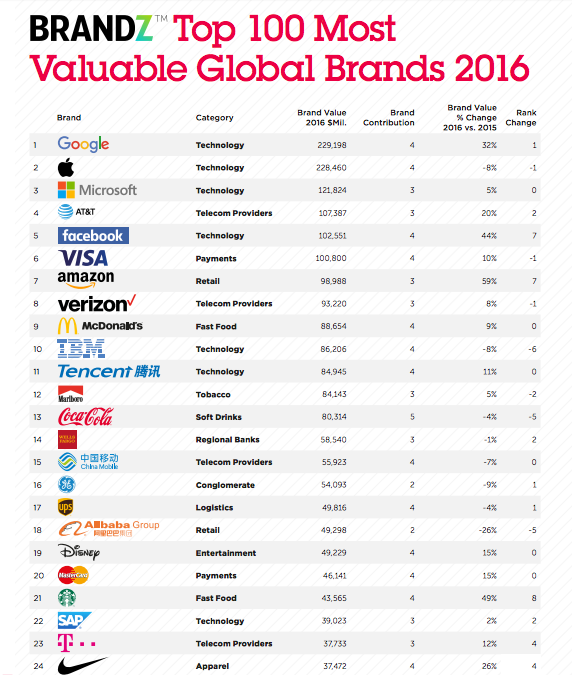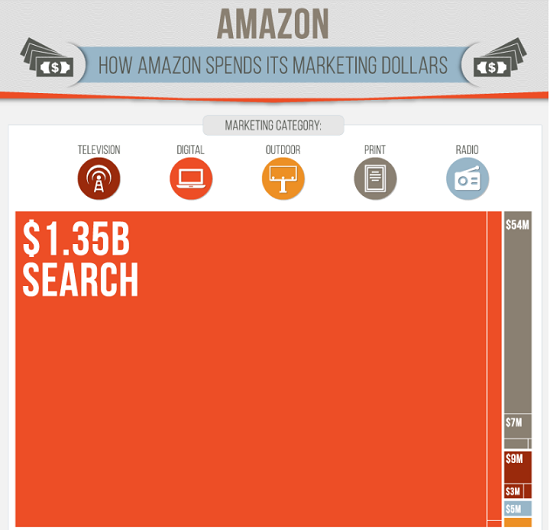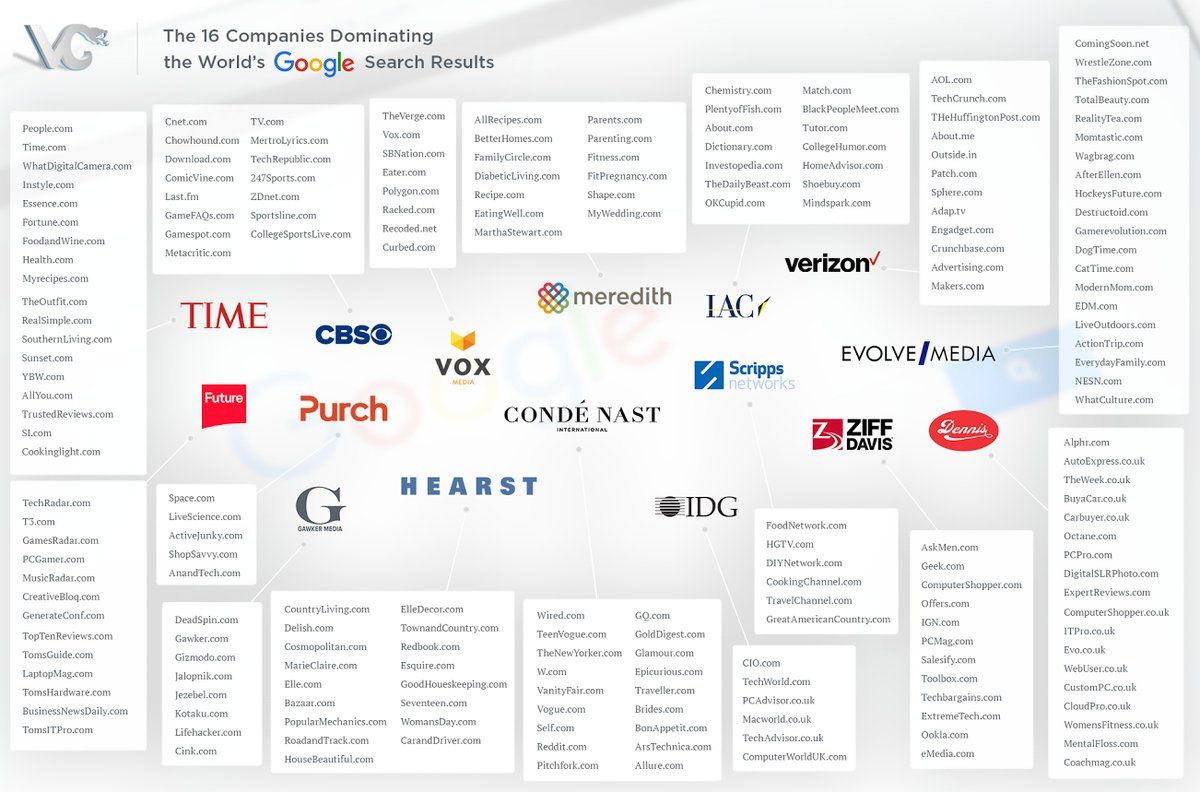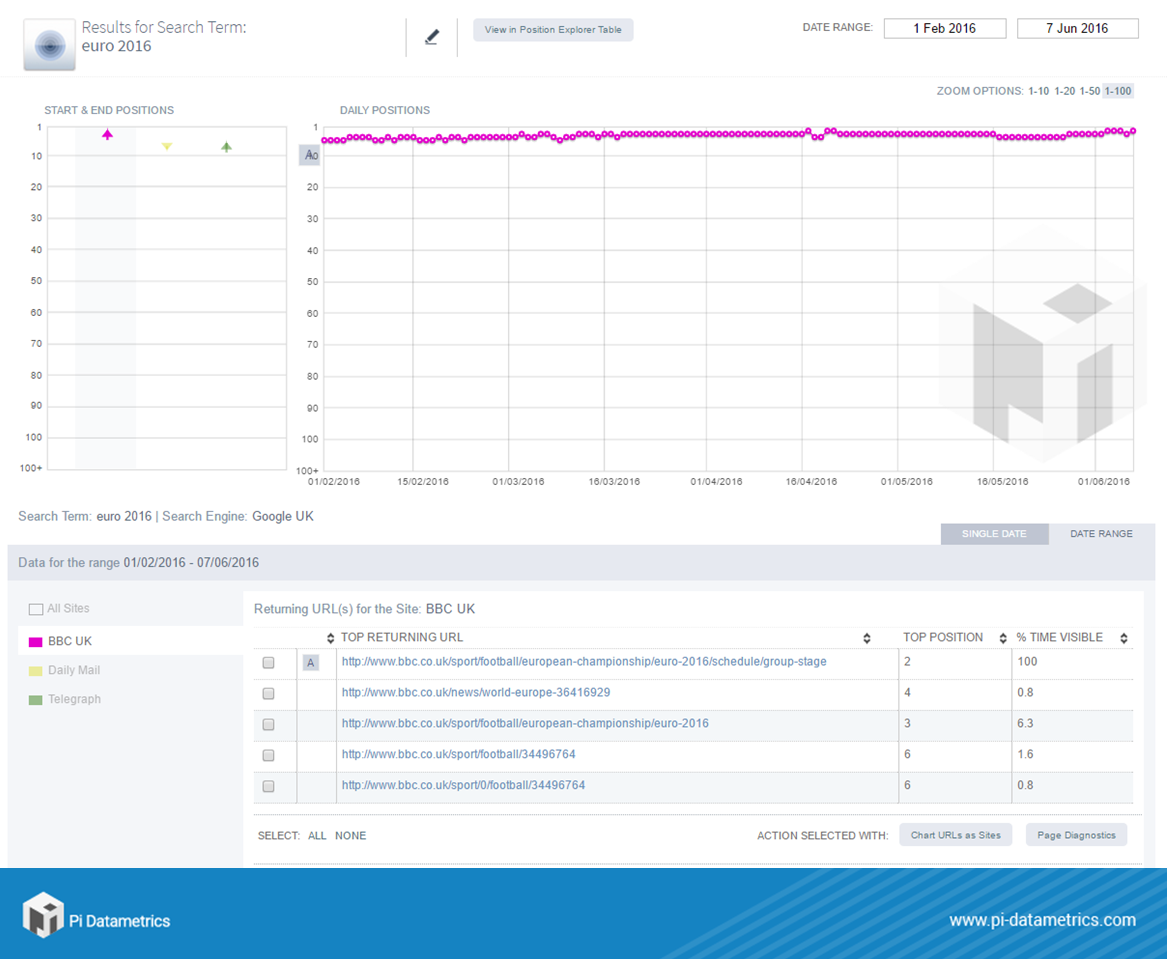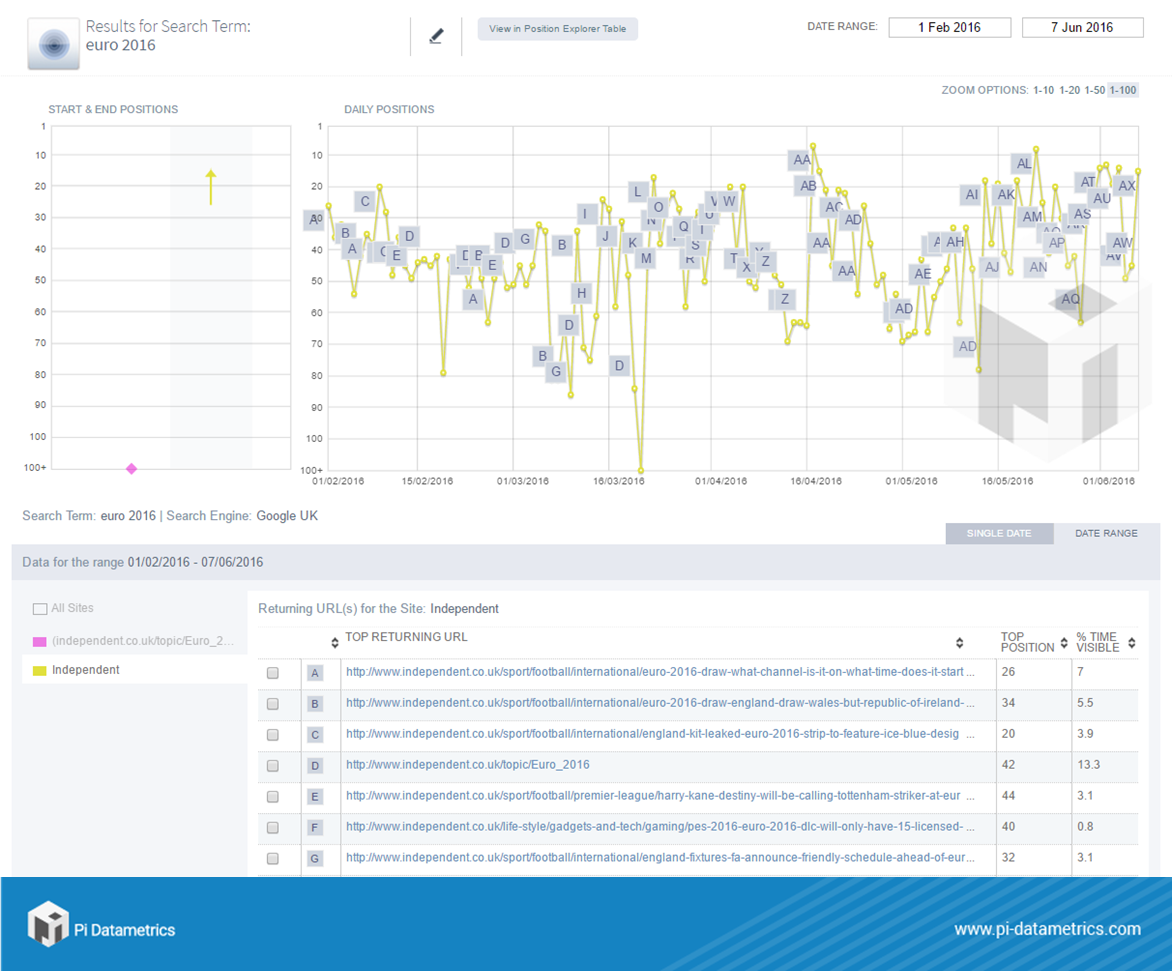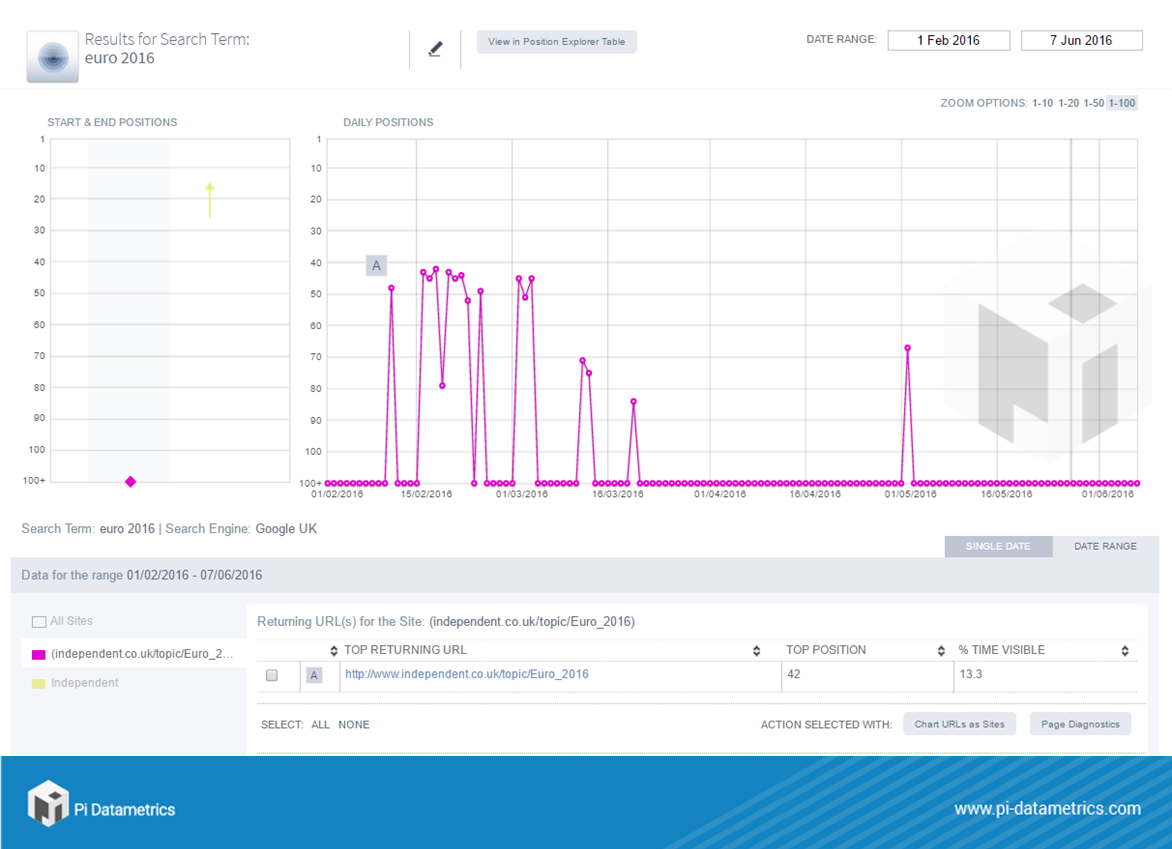Terms like “mobile first” and “responsive web design” sound dynamic and user-centric, but the reality is most mobile-first responsive websites are simply reformatting ubiquitous content to suit different devices.
- Goal of web (or app) advertising: right message, right person, right place, right time.
- Goal of website (or app) content: whoever, wherever, whatever, whenever… eh… same content.
Is that unfair? A gross generalization?
OK, a lot of web advertising is still woefully untargeted or inaccurately targeted, but sometimes it can be freakily accurate.
Ad targeting relies on the processing of real-time information from a variety of data sources – let's call these “signals” or “cues” – about the mobile user and their behavior, in order to determine:
- Who they are.
- Where they are.
- What they are doing.
- What they like.
- What they want.
What makes this more stunning, is the amazing speeds at which adtech (advertising technology) works.
Between the user clicking/tapping the link and the page rendering with the ad, the system has to analyze the signals and show the most appropriate ad, without causing a noticeable delay to the speed that the page loads.
With programmatic advertising, in the same timeframe of nanoseconds (or at least microseconds), the advertising space is actually bought and sold in an online auction.
Meanwhile on the website where these targeted ads are being served, the content remains largely the same, regardless of the user, their context and their intention. Similarly the content on the website where these dynamic ads are sending people, if they tap/click on them, remain largely the same, regardless of the user, their context and their intention.
This is senseless.
If targeted ads deliver better conversions than untargeted ads, then surely being shown more personalized, contextually relevant content, offers and services on the websites people elect to visit must also deliver better user experience (UX) and more conversions?
As Mike Phillips, commercial director, McLaren Applied Technologies recently said (in an entirely different context) at London Technology Week:
It's not about big data, it is about using small data within the context of the person.
Mobile first or mobile only?
Announcing the retailer's new website on June 2, 2016, Jason Goldberger, Target's chief digital officer, said (in a corporate statement):
People rely more than ever on their phones for everything in life, from interactions with friends to scheduling to shopping.
We've talked for years about being a mobile-first retailer. This move takes us from mobile first to mobile only.

What does this actually mean for Target.com, according to the before and after picture (Geographic redirects, prevent overseas people viewing the site, see below), the result is Target's desktop and mobile site are now much the same, give or take some reformatting for different screen sizes.
The web design style is more mobile-friendly more images, less words, and far less clutter. And it means visitors can more easily shift between screens, even mid-shop.
But is this sort of homogeneity a good thing? Yes… and no. Yes people want a seamless cross-platform experience, but do they want a generic experience across all platforms?
Being mobile first or mobile only isn't just about screen size, page load times, tap zones, click-to-call and so on (though that is all very important) it should also be about context.
Cross platform homogeneity forgets two massive thing:
- The requirements of the desktop and mobile user are often different
- The requirements of the same mobile user (more importantly) vary depending on whether they are at home, at work, commuting, on route to the location, on site, in a rival's location and so on.
And that's just the start of it. Now consider:
- How context varies by time of day, day of week, time of year.
- What about the trigger that causes the visit to the site e.g. something on TV, snapping QR code in a print ad, tapping through from an email, social media etc.?
This isn't just about retail, it applies to numerous sectors: restaurants, events (music, sports etc.), airlines/airports, films/cinema, transport, financial services and so on. Use cases vary when you are at home, nearby or onsite and when the “thing” is: in the future, soon, now or past.
Contextual relevance: the untapped opportunity
Ronan Cremin, CTO, DeviceAtlas (a device detection tool, from Afilias Technologies):
In my experience very few sites do anything meaningful with mobile contextual information. There are a couple of exceptions e.g. Yelp and Google, but for the most part sites do almost nothing with it.
Apart from the really obvious one (location) there are other possibilities like detecting if user is literally on the move or not (accelerometer), is the battery low etc. etc.
One important point about all of these contextual cues is to use them as hints rather hard deciding factors because the cost of getting things wrong based on an incorrect assumption is high.
It's really dangerous to make assumptions about what a user wants so I think that the best thing to do is make prioritization decisions over ordering of features rather than adding/removing features entirely.
Mobile signals
Mobile users give off a considerable amount of signals/cues – data from the device use, digital behavior – which, when visible to the web destination, collectively allows you to make an educated guess about who they are; where they are and what they are doing; and what they want. I.e. identity, context and intention.
These signals include:
- Profile data – information that has been volunteered e.g. delivery address.
- Profile data – data that has been collected through behavior on previous visits e.g. pages viewed, shared.
- Device used.
- Geolocation – if shared.
- Mobile network.
- WIFI network – e.g. home, office, on-site.
- Motion and direction – walking, commuting.
- Time of day – e.g. lunch time, following a TV ad.
- Search terms used if arriving from a web search.
- Referral site (or app) – where did they arrive from today (and previous visits).
- QR codes scanned (particularly if unique to a product or place).
- Interaction with web ads (what, where, when).
- Click though from email newsletter.
- Click though from social media post.
Contextual relevance today: basics
Where relevant, a website, should deliver an experience based on the user:
- Device – i.e. fits the screen, appropriate page size, appropriate features e.g. use of camera, click-to-call. But always with the option to revert to a different version (e.g. desktop).
- Country – e.g. appropriate currency, language, terminology (e.g. postcode v zip code), local phone numbers, office addresses, maps, observance of local rules and regulations. But with the option to revert. There is no excuse for forms that require scrolling through every country until the user reaches UK or USA.
- Intention – i.e. if a user clicks/taps on an ad, link, QR (quick response) code or performs a web search for a particular item or type of content, then ensure the content on the landing page is appropriate.
- Basic preferences – specified or inferred. Where one has been selected on a previous visit, default to the same local restaurant, store, station etc. – with option for “other”. Similarly log negative behavior – if a visitor has ignored or closed your download-our-app or subscribe to email message three times, move on, they're not interested.
- Opt-in preferences – if a visitor has elected to share location, subscribed (or refused to subscribe) to email, accepted cookies; remember the next time they visit.
However geographical redirects don't always deliver the optimum results. Accessing Target.com from the UK redirects to intl.target.com, which is not mobile friendly. From overseas PaneraBread.com delivers an “access denied” page (which is hardly a good message to potential business partners from overseas).

Contextual relevance today: more advanced
1. Location awareness
If users are prepared to share location, websites can make search results more relevant to where they are.
The search engines and the directories, such of Yelp in the US and Yell in the UK, are very acute to mobile users desire for local results – typified by the rapid growth (according to Google) in popularity of “near me” searches (e.g. Pizza, plumber near me).
This local contextual search results is just as significant on the website of the retail, restaurant, cinema etc. chain. Customers don't just the need to find the nearest location, but the nearest store where the desired product is available in the correct size and color; the nearest cinema with seats to see the film tonight; the nearest restaurant with a table for six at 8pm.
2. Recall of behavior (or preferences)
When a returning visitor is recognized, websites should personalize based on previous behavior.
If only male clothing (or e.g. sports items) were viewed on previous visits, retailers, such as ASOS, will default to the men's (or sports) store.
Leading retailers will also allow customers to pick up where they left off with “save for later” or recall products left unpurchased in the shopping basket.
In the same way, restaurants should recall favorite meals or indications of vegetarianism; auto mechanics the make and model of the client's car; sports and betting sites favorite teams and so on.
3. Time relevance
Time context manifests itself in several ways online. For example, Google local search results tell you when the store opens (not just the opening times).
Retailers will give you a countdown to place orders for next-day delivery. Events will count down until the tickets go on sale, announcements are made or the event commences.

Contextual relevance tomorrow
The epiphany of a personalized experience is a website that adapts fully to the user context, based on the signals outlined above. Let's just focus on three contexts:
For the same user, on the same device, the goals in these contexts can be quite different and this happens across many types of businesses.
- Retail – at home: research/m-commerce at home; Nearby: find store/opening times/check product availability/reserve; in store: find products/check details/compare prices/pay/find product elsewhere.
- Airline travel – at home: research/purchase ticket at home; on route: find airport/parking; at airport: check-in/navigate airport/ find shops/restaurant when.
- Music festival – at home: research/purchase ticket/check info at home; on route: find way/traffic details/park/gain entry with ticket/ID on route; onsite: check schedule/navigate site/research bands/share.
And so on… restaurant, sports event, museum, hotel.
The imperative is to balance personalization with the danger of misunderstanding the context and the preference of the user.
While it is difficult to find any good examples of anything like this on the web, it is not so farfetched. Some companies have already started to experiment with contextually aware native apps.
According to a 2015 report by digital agency DMI a handful of US retailers – Walgreens, Home Depot, Nordstrom, Walmart and Target – now have apps that will switch to “Store mode” when on site, triggered by geo-technologies.
Store mode include functions that are irrelevant outside the store, for example in-store mapping and navigation.
Similarly, the BA App recognizes you're in some airports and provides a tailored experience (thanks to Daniel Rosen, Global Director of Advertising at Telefónica for recommending this).
The app also sends alerts if you've not left enough time to make it to the gate.
Notes:
- Please notify Andy Favell with any examples of websites that use contextual relevancy in innovative ways.
- The origin of the mobile marketing mantra “Right message, right person, right place, right time” is uncertain, but I first heard it used by Paul Berney, mCordis.
- Disclaimer: Andy Favell has undertaken contractual work for both Afilias and mCordis, in the past.

























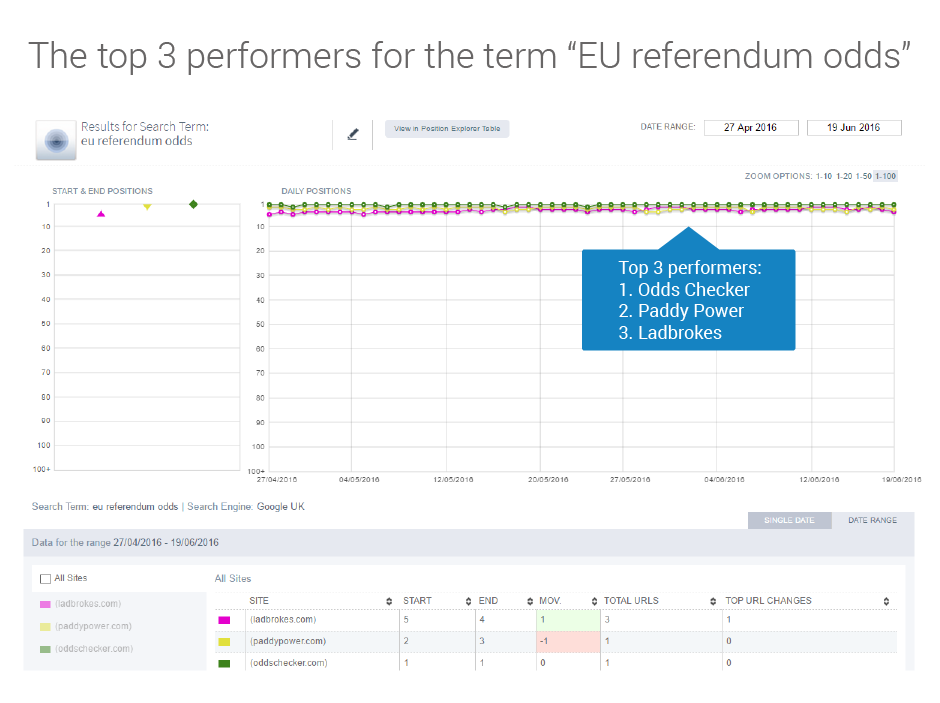
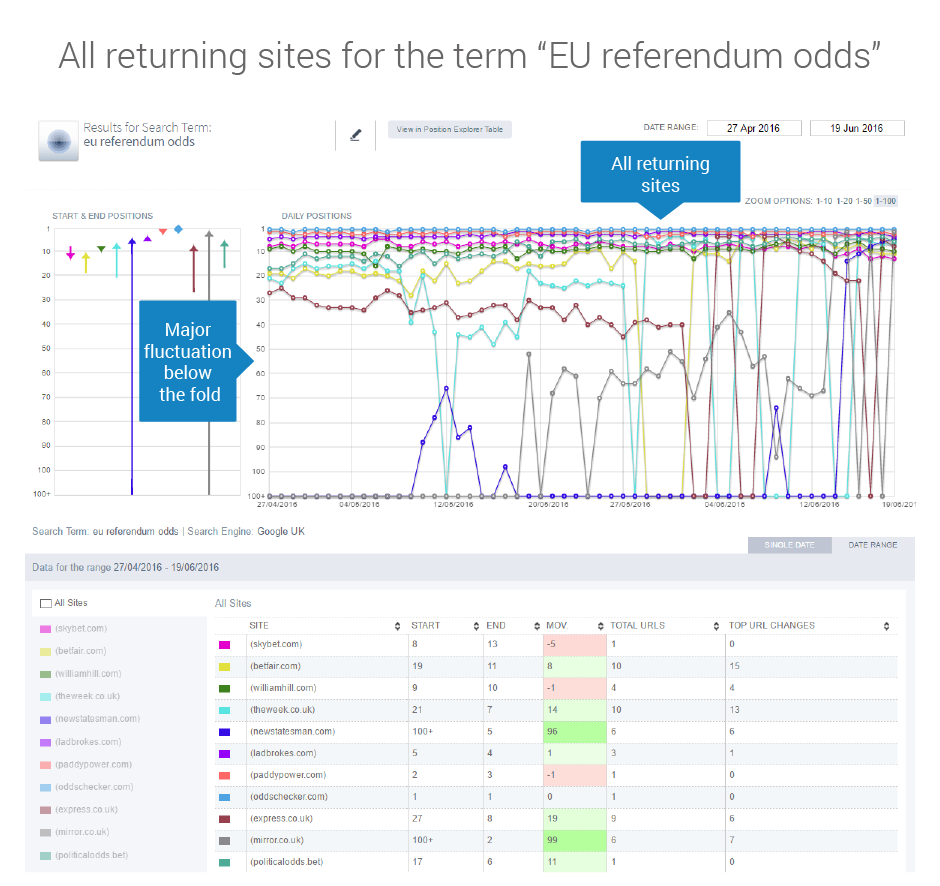

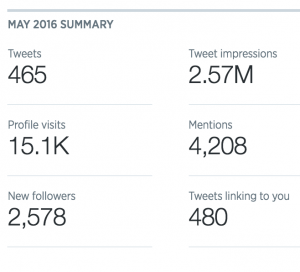

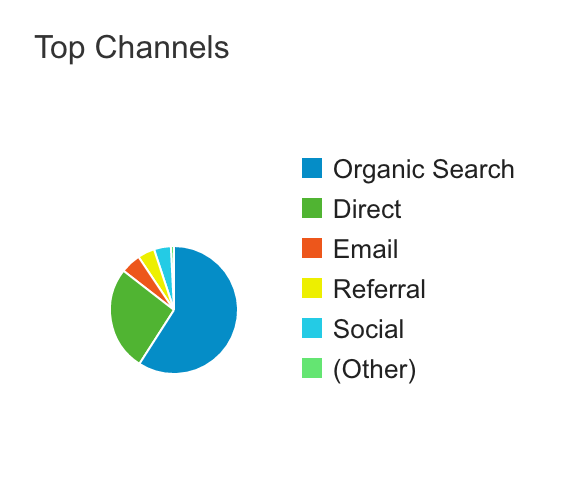

 The new, more eye-catching Snapchat Discover
The new, more eye-catching Snapchat Discover




